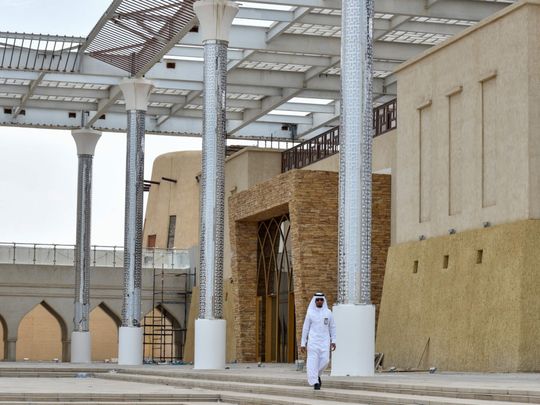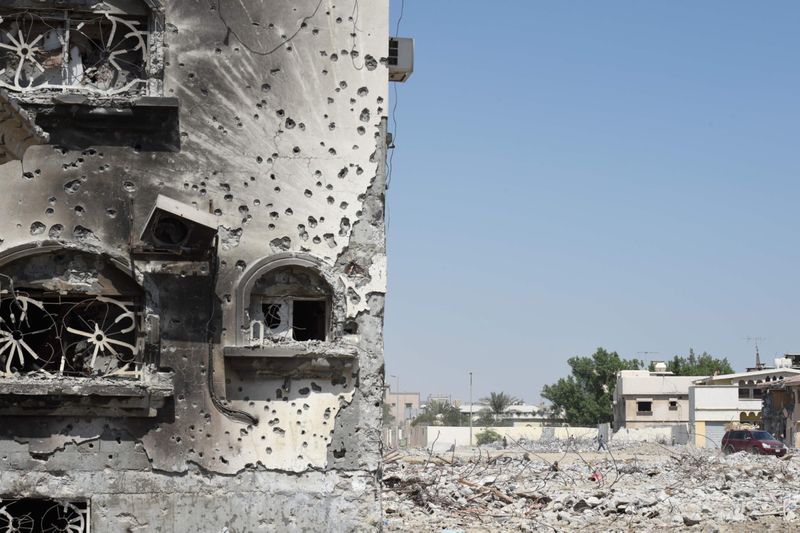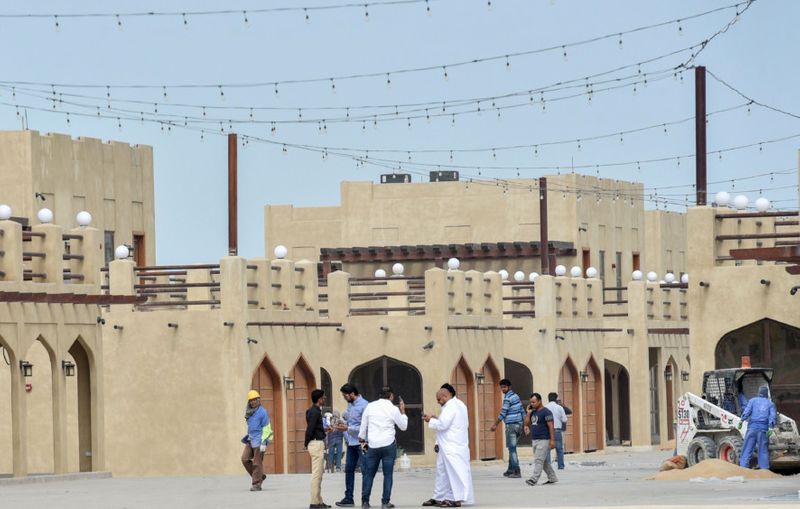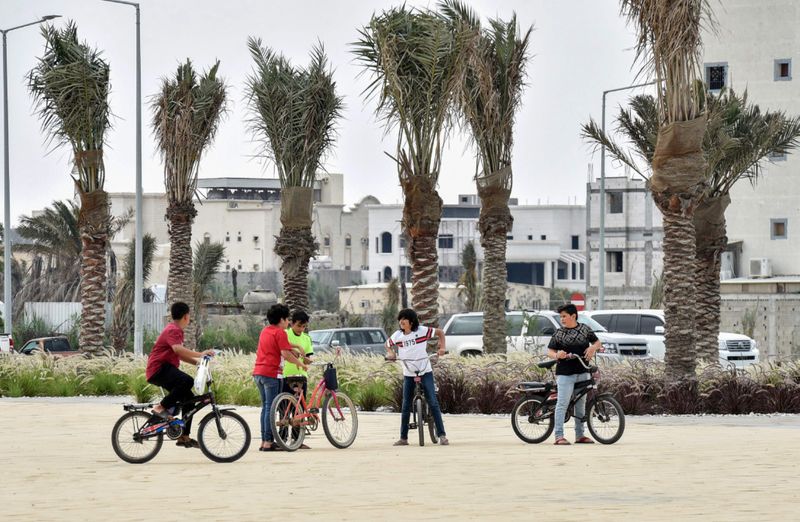
Awamiya, Saudi Arabia: Strip malls and palm-dotted boulevards stand in the once bullet-scarred old quarter of Awamiya, a Shiite-majority town on Saudi Arabia’s oil-rich eastern coast where anti-government clashes two years ago fuelled deadly clashes.
Until a year ago, Musawara neighbourhood resembled a war zone following skirmishes between militants and government forces who sought to tear down the walled area dating back to the Ottoman Empire.

After defeating the militants, the government pressed ahead with plans to redevelop Musawara, saying its honeycomb of twisting alleys and centuries-old buildings had become a breeding ground for “terrorism”.
Now an expansive plaza flanked by shops has risen from the ruins.
“In the area, old and densely populated with narrow lanes... there used to be many security challenges,” the region’s deputy mayor Esam Abdullatef al-Mulla told AFP during a recent press tour organised by the government.
“The revamp was done to convert the area into a cultural attraction.”

But the project, which Mulla said cost around $64 million with an additional cost of $213 million in compensation to residents for hundreds of razed homes, is not just about urban revival.
It is aimed also at what the Saudi media calls “making extremist thought isolated”.
The development has erased what officials say were militant hideouts and sniper nests.
Armoured vehicles still patrol the streets, maintaining a tenuous calm.

Saudi officials appear so confident about their grip on Awamiya that multiple checkpoints and blast-walled barriers encircling the town - once tightly controlling the movement of residents - are now unmanned, they pointed out to AFP.
During AFP’s latest visit, the sprawling plaza was largely empty, with only a handful of construction workers milling around the site.
Mulla brushed aside widespread criticism that the redevelopment had erased the neighbourhood’s unique heritage, saying developers had consulted residents to maintain ancient structures, including traditional wells.












